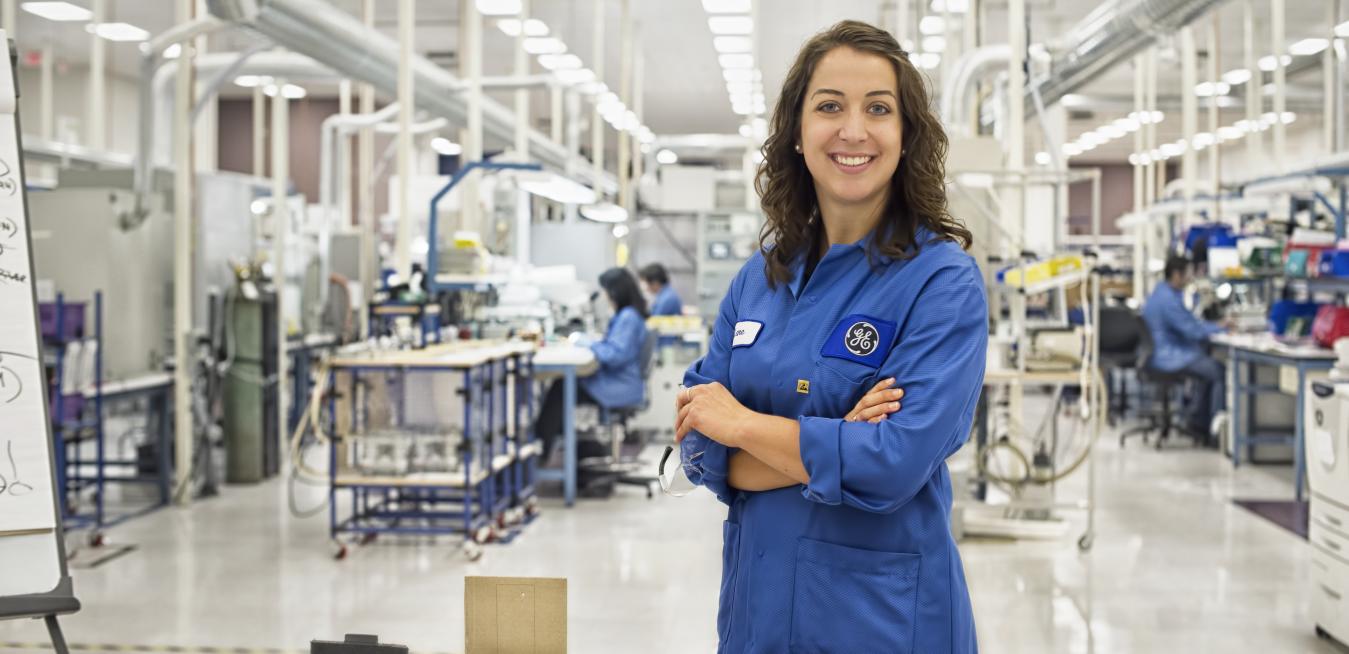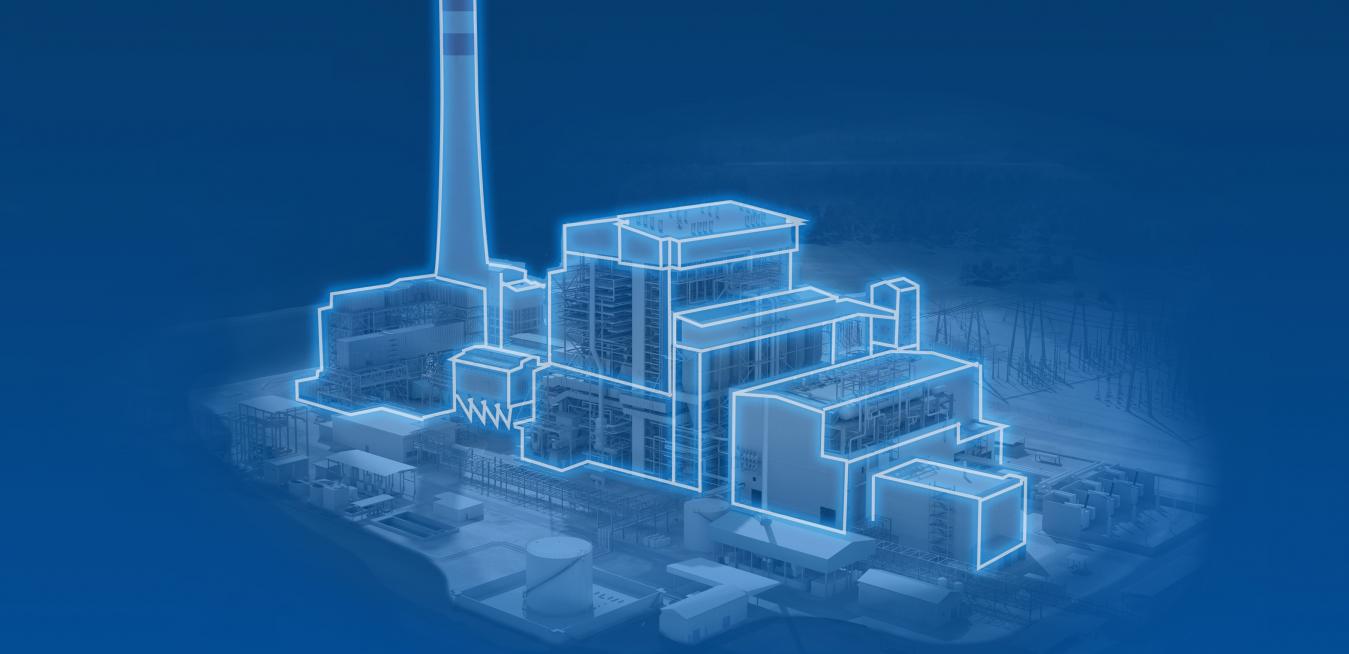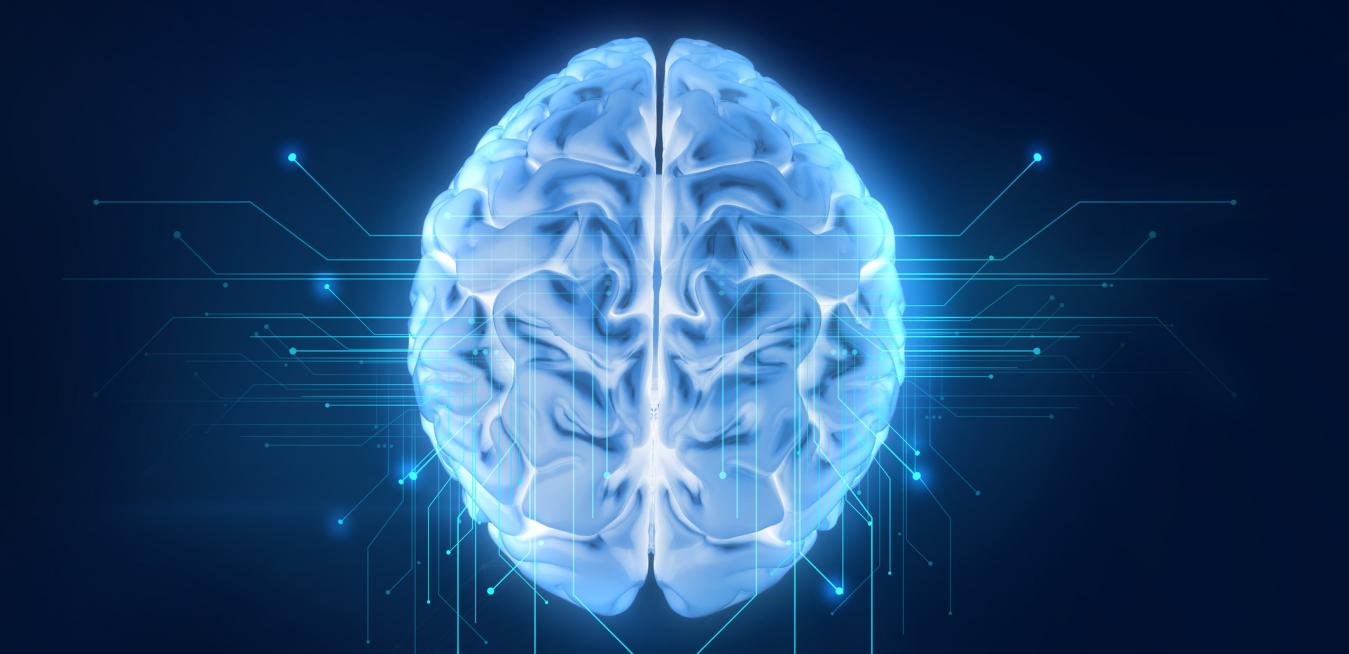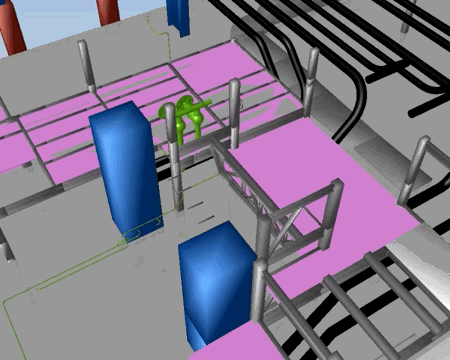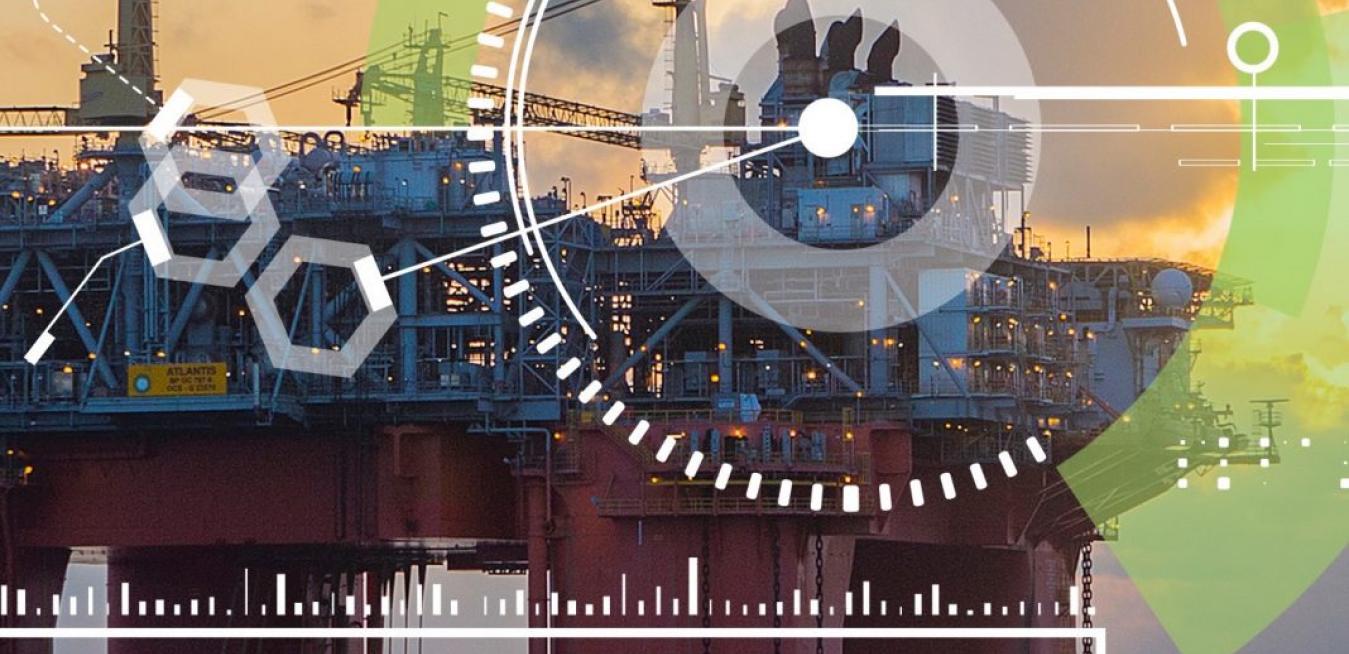“Most people probably wouldn’t say this, but I love hospitals,” says Lane Konkel. As a child growing up in Wisconsin, the 26-year-old lean manufacturing engineer would accompany her father, an orthopedic surgeon, to his office. “I’d play around with the little models of the knee and pull on the ligaments or I’d visit patients post surgery. For me, hospitals are connected to a lot of really great memories.”
Locals call Ramagundam the city of energy. The largest power plant in South India standing nearby along the banks of the Godavari River, for example, is capable of generating a whopping 2,600 megawatts of lifeblood electricity. That's enough to power 20 million local homes. The region has been investing in new power stations to meet its mammoth energy needs, but a major effort is also underway to modernize the existing fleet and make it efficient enough to meet the Indian government's ambitious targets to reduce air pollution.
A huge neuron that wraps around the brain like a “crown of thorns” could hold a key to consciousness, artificial synapses could lead to brain-like computers, and solid-state batteries could revolutionize how we store energy. We are so charged up about science that we turned this week's column into a podcast on GE Reports Radio. Listen to it and don’t forget to subscribe!
[embed width="800"]https://soundcloud.com/gereports/the-5-coolest-things-on-earth-this-week[/embed]
The sky's the limit with the Internet of Things, if you have the right network. Sooner than you think, 5G networks will offer data speeds 10 to 100 times faster than current 4G networks. This will unlock coveted features such as voice commands, facial recognition and more.
Consider this: A driverless car that transports you safely to work while you apply makeup in the backseat, or a refrigerator that knows you’re out of milk and instantly orders a fresh gallon. Sounds good, right?
A typical power plant is a very large and very complicated network of machines for making electricity that must be kept in good order. It's not an easy task.
Home to the Valley of the Muses, Greece’s Mount Helicon has been hailed by Ovid and Hesiod as the font of inspiration and poetry. But today, the plains between Helicon’s foothills and the cool blue waters of the Gulf of Corinth are yielding a more prosaic kind of material: aluminum. Instead of verse, raw red bauxite — a mixture of aluminum oxides — flows freshly mined from the hills to a large smelter operated by Aluminium of Greece (AoG) in the town of Agios Nikolaos.
Researchers built an AI that learned to how to code, found chemicals in a giant lizard’s blood that killed deadly bacteria, and proposed efficient wind turbines fashioned to behave like insect wings. This science will blow you away.
This AI Just Learned How To Code
Virtual reality became domesticated last year — at least in America — when the VR viewer Google Cardboard arrived for the first time with the Sunday New York Times. Today, you could use it to explore Pluto’s frigid heart or climb to the top of 1 World Trade Center in downtown Manhattan.
Travel to the northernmost point of Australia’s mainland, and then another 39km across the Torres Strait and you’ll reach Thursday Island, one of the country’s most remote communities. A year ago, Emma and Lindsay Pickstone moved here with their two young children and began working at the local hospital, she as a doctor and he as a mechanical engineer, pursuing their shared ambition to help improve the lot of Australia’s disadvantaged populations.
GE và công ty dầu mỏ Baker Hughes đã thống nhất sát nhập Baker Hughes với bộ phận GE Oil & Gas để tạo ra một nhà cung cấp công nghệ và dịch vụ dầu khí hàng đầu thế giới. Baker Hughes sẽ đổi tên thành Baker Hughes, một công ty thuộc GE (dưới đây gọi là Baker Hughes, thuộc GE).
